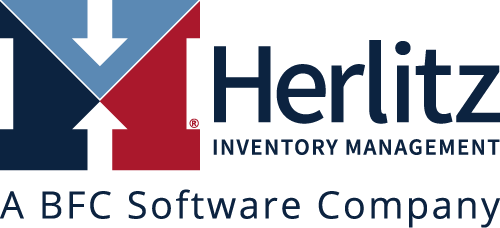We have seen hundreds of companies that started out with a basic forecasting and replenishment solutions, but as their business grew they faced increased complexity. As they grew larger they attempted to manage their day to day business either using the same basic tools or come up with a homemade solution that attempts to provide more information, such as a really wide excel spreadsheet. Neither of these replace real planning.
This type of approach puts their team in firefighting mode on a regular basis. These companies are stuck in a loop when it comes to execution. They have not moved past the limitations of their existing legacy systems to improve their demand forecasts, manage increased demand volatility, and fix their inventory replenishment planning processes. There’s a quote that best describes this situation:
“Insanity is doing the same thing over and over again and expecting different results.” Albert Einstein
How do you know if your company is ready for a step up in supply chain planning capabilities? Check out these 5 symptoms of companies who have outgrown their legacy software to see how many apply to you.
- You need a quick and integrated way to understand trends, plan and execute promotions, and rollout new item. Currently you are having difficulty identifying trends on promotion or high volume items and are constantly fighting service issues. You are often going into meetings needing to downloading data into excel to analyze promotions and new item rollouts. By not segregating demand you cannot learn from past promotion events or supply interruptions. What you need is true demand forecasting system that separates promotion and event driven demand from regular sales along with capturing lost sales. This type of system understands both natural drivers; trends and seasonality, and company driven; promotions and events. It provides you with more accurate forecasts.
- “If you are changing more than 10% of the suggested order quantities of your current system, you need a new system.” If you are changing more than a handful of items per order to get the PO quantities to where you want them, we would argue that you don’t have an effective demand forecasting and inventory replenishment. This really is the true test, if you think about it. Forecasts are a key foundational element to getting the PO quantities your buyers want.
- Manually intensive end-to-end forecasting and replenishment process. You wish there was an easier way to manage forecast maintenance at the beginning of every month. It should be shorter than a whole week of number crunching, many hours of maintenance and yet your forecasts are still wrong. You then find you spend the rest of the month re-evaluating the forecasts while placing replenishment orders based on those forecasts.
- Forecasts are only in monthly or weekly buckets, so trends within the time period, either daily/weekly are lost. The system is not capable of making adjustments by analyzing data on a daily basis. There is a huge time delay or “latency” in the system to adjust to change. You need reliable forecasting and time phased replenishment down to the weekly or even daily level – Many businesses have distinct trends within the month or within the week. An automated approach that captures demand and accurately distributes within the period allows for so much more optimization to take place. You also need the ability to reforecast daily and make on the fly adjustments. This greatly improves your in-stock percentages, thus increasing sales/market share and customer good will.
- You don’t know your customer service levels and can’t manage effective inventory vs service trade-offs. You don’t really know what your true current service levels are, or what investment is required to hit the target service levels your executive team wants. You are stuck with a “one size fits all” inventory policy across all SKUs and locations. If you are using any type of ABC analysis, perhaps grouping by sales levels, you are leaving so much money on the table, that the number is staggering. A new system supports “what-if” scenarios to evaluate multiple inventory optimization scenarios. Identify your “inventory sweet spot” by viewing the inventory investment details. This allows you to select the most profitable buying quantity and service levels; maximizing profitability. Plus, you get a detailed breakdown of target service levels, actual service levels, and recommended service level adjustments by individual item location.
A new system should integrate daily monitoring of forecasts, inventory, service and orders in a continuous feedback loop. Forecasting a wide array of items across your multi-echelon network, optimizing inventory and service. it generates orders based on your targeted service levels. Daily monitoring your customer demand and vendor performance, making you aware of any exceptions that come up. This highly automated process helps your planning team focus on managing the business and fine-tuning your service and inventory using their market and business knowledge.
If your legacy supply chain systems are not providing the service levels your customers expect or you need to increase your margins or improve your competitive position – Contact us.

